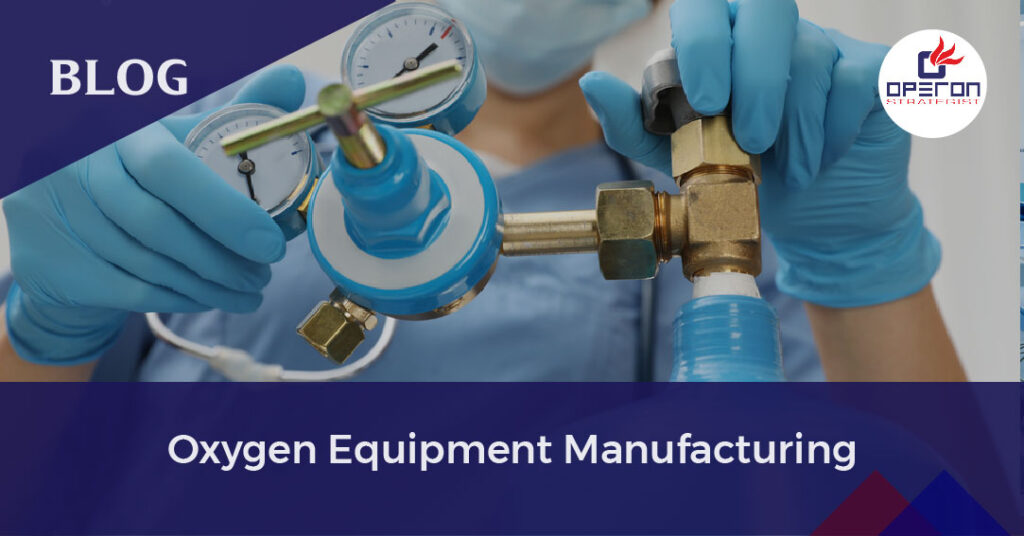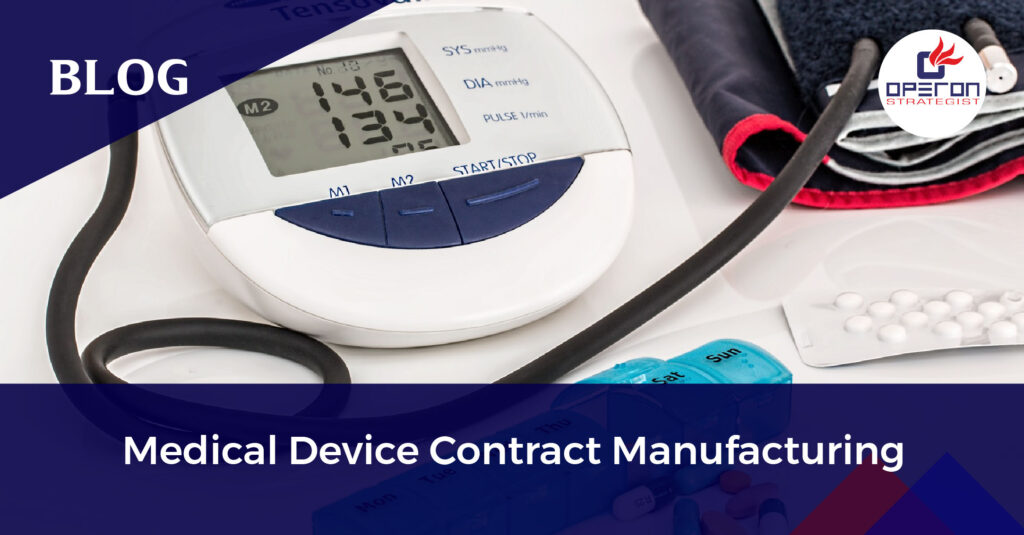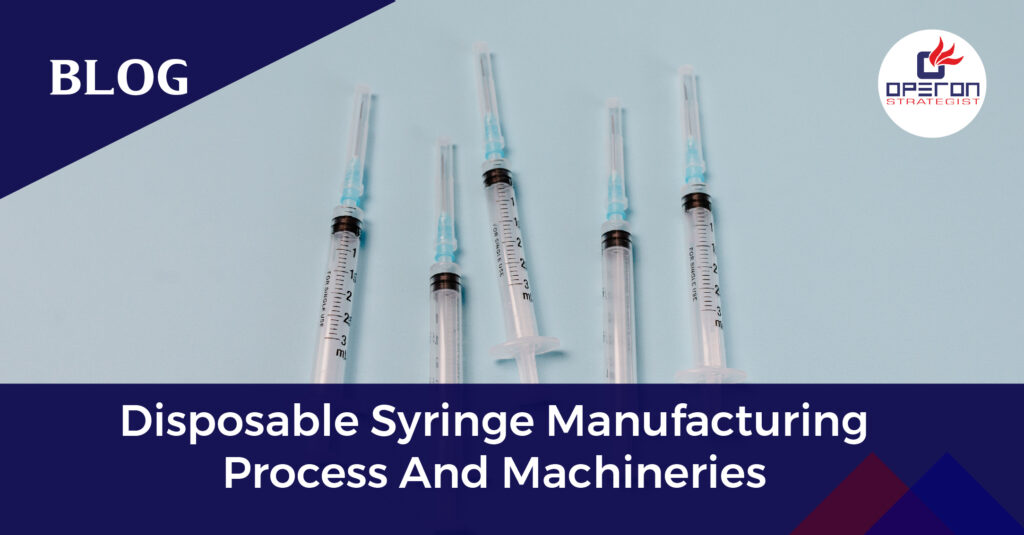Why Oxygen Equipment Manufacturing Matters
Oxygen equipment manufacturing is essential in healthcare, research, and industrial sectors. Oxygen is a fundamental element for life, used not only in medical treatments but also in scientific experiments and industrial applications. With increasing demand, efficient and compliant oxygen equipment manufacturing is more critical than ever.
At Operon Strategist, we help manufacturers set up and optimize oxygen equipment production with industry-best practices, ensuring safety, reliability, and regulatory compliance.
Boost your oxygen equipment manufacturing with expert plant layout design and turnkey solutions. Contact Operon Strategist today to get started!
Looking For a Medical Device Regulatory Consultant?
Let’s have a word about your next project
What Is Oxygen Equipment?
Oxygen equipment refers to the tools and devices that generate, store, or deliver oxygen safely and effectively. It plays a crucial role in saving lives and supporting healthcare services.
Key Types of Oxygen Equipment:
Oxygen Concentrators – Extract oxygen from ambient air for medical use.
Medical Oxygen Cylinders – Store compressed oxygen for emergencies and routine treatment.
Oxygen Masks & Cannulas – Deliver oxygen directly to patients.
Each device is designed to meet specific patient requirements, from chronic respiratory care to acute emergencies. Ensuring accuracy, safety, and purity in manufacturing is vital.
The Complete Oxygen Equipment Manufacturing Process
The process of oxygen equipment manufacturing involves advanced technologies, careful handling of materials, and strict adherence to safety standards. Below is a step-by-step guide to the production flow.
1. Pretreatment – Removing Impurities
Before oxygen can be separated, impurities like moisture, carbon dioxide, and hydrocarbons are removed. This prevents clogging during cryogenic separation and ensures smooth operation.
2. Air Separation – Fractional Distillation
In cryogenic distillation, air is cooled and separated into oxygen, nitrogen, and argon. Fractionating columns help in separating these components based on their boiling points.
3. Purification – Achieving High Purity
Oxygen is further purified to meet medical-grade requirements, often reaching 99.5% to 99.8% purity. Advanced recovery techniques enhance efficiency.
4. Distribution – Supplying End Users
Oxygen is distributed via pipelines or transport systems. In large regions, networks of pipelines deliver oxygen to hospitals, while insulated tankers serve remote areas.
Setting Up an Oxygen Equipment Manufacturing Facility
A successful oxygen equipment manufacturing plant requires a combination of infrastructure, advanced technology, and regulatory compliance.
Facility Requirements
- Cleanroom environments to prevent contamination
- Compliance with Good Manufacturing Practices (GMP)
- Controlled air, temperature, and humidity systems
Equipment Needed
- Oxygen concentration units
- High-pressure cylinder filling systems
- Testing and calibration equipment
Materials Used
- Medical-grade plastics and filters
- Steel or aluminum cylinders
- Components that meet ISO and safety standards
These components ensure your oxygen equipment is manufactured with precision and care.
Regulatory Compliance – The Backbone of Safe Manufacturing
Compliance with regulations and certifications ensures the oxygen equipment meets quality and safety standards.
Important Standards
- ISO 13485: Quality management systems for medical devices
- Good Manufacturing Practices (GMP): Ensures production safety and hygiene
- Documentation: Includes validation reports, risk assessments, and quality audits
Regulatory compliance is essential for entering global markets and gaining customer trust.
Start your oxygen equipment manufacturing journey with expert plant layout and turnkey solutions.
Why Operon Strategist Is Your Trusted Partner
Choosing the right partner is crucial when setting up an oxygen equipment manufacturing facility. Operon Strategist offers:
- Expert advice on plant layout and design
- Assistance with regulatory approvals and certifications
- Guidance on sourcing high-quality materials
- Turnkey solutions tailored to your business needs
We help you build efficient, safe, and compliant oxygen production systems, reducing risks and improving outcomes.
- adminhttps://operonstrategist.com/author/admin-2/
- adminhttps://operonstrategist.com/author/admin-2/
- adminhttps://operonstrategist.com/author/admin-2/
- adminhttps://operonstrategist.com/author/admin-2/




